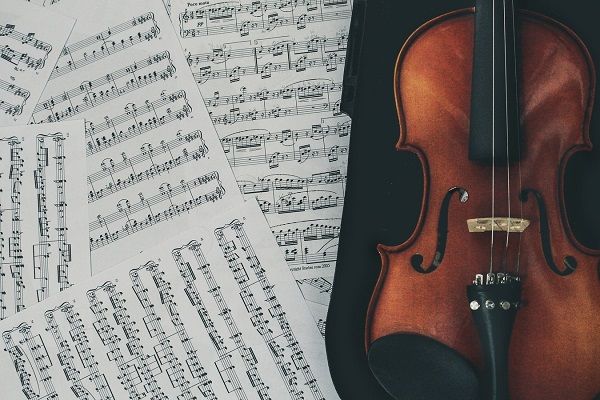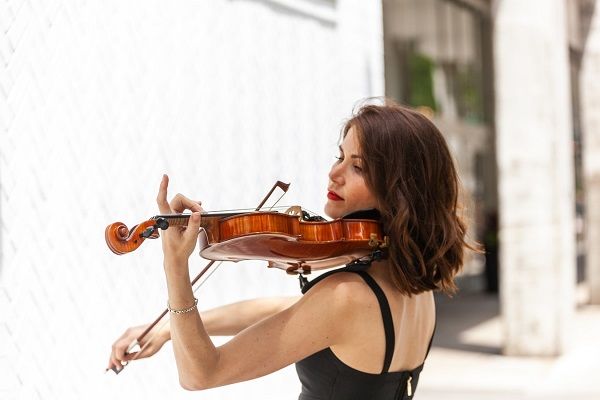When we are youngsters our parents are always putting pressure on us to learn a musical instrument. They come up with phrases like “you’ll wish you had when you’re older” or “it will help to create discipline in your life”, and at the time we have no idea what they mean. However, as we age, we learn that they were right, learning an instrument really would have improved our life. One of the most challenging but beautiful instruments to learn is the violin because it requires years of dedicated and passionate practice, but the rewards are enormous as you will fall in love with music and will learn valuable life skills such as teamwork and communication.
Many people wouldn’t know where to start so here is a handy beginners guide to learning the violin.
Find an Instrument
Unsurprisingly the first step when learning to play the violin is to buy a violin to practice on, and this is not as easy as it sounds. Violins come in all different price ranges and as you progress up the price range the quality of the sound that the violin produces will also improve. Experts from https://fiddlersguide.com/reviews/best-violin-brands/ advocate that you thoroughly do your research and also understand what music you are looking to play. These days there are specialized electric violins for that rock sound or you can go for something more traditional that can be played as part of a concert orchestra.
Learn About the Accessories
A violin isn’t a violin without all its accessories. The two most important are the strings and the bow because without either you cannot properly play the instrument. Your teacher will explain how to string and tune the instrument correctly and they will also introduce you to the bow and the traditional horse hair that is used to produce the beautiful sounds. On top of these fundamental accessories, you will also need a suitable bag for transportation, and it is also useful to use a chin strap for comfort and a tuner to help with making sure each string is in key.
Prepare Your Bow
Before you start you will need to prepare your bow correctly because the horsehair will all be loose. On the end of the bow is a turning device and if turned gently the hairs will become taught. You will then need a piece of rosin to rub over the bow. This is needed to make the hairs stickier thereby ensuring that a better sound is achieved from the strings of the violin.
Tune Your Violin
This stage is hugely important unless you want to produce a sound that mimics the skinning of a cat. If you are lucky enough to have perfect pitch then you can tune your violin by ear, but these people are few and far between, so you will either need a traditional tuning fork, or an electronic tuner. Remember the strings are strung in the order G, D, A, E and you can easily remember this by using the mnemonic Good Dogs Always Eat.
Learn to Hold the Instrument
Holding the instrument correctly is not easy and may feel strange at first, but it is crucial that you get this stage right from an early age as it will shape the rest of your violin career. If you are self-learning a mirror is needed so that you can correct any mistakes, but it pays off to have a teacher sort our posture and positioning of the instrument so that you do not develop any bad habits.
Learn the Basic Technique
The basic technique is not easy but practice will really pay off because once you have mastered playing open strings i.e. without using your fingers, you can then advance to playing more complex notes and then can progress to scales and arpeggios. Do not give up at this stage as all of a sudden things will start to click and you will find yourself zooming up and down the violin strings like a pro.
Click here for more Violin Tips.
Practice Practice Practice
As with learning any skill in life, you will only get out of it what you put in, and this could not be more true than with the violin. It is one of the most difficult instruments to learn, but probably the most beautiful to listen to, so keep at it and one day you could be leading a symphony orchestra in front of an audience of thousands.
As we have discovered learning to play the violin is not easy and requires years of dedication. Master the basics early on and you will be well set for a long and enjoyable musical career ahead. You will need to put the hard work in, but you will be the envy of your friends and family once you can play like a maestro.


